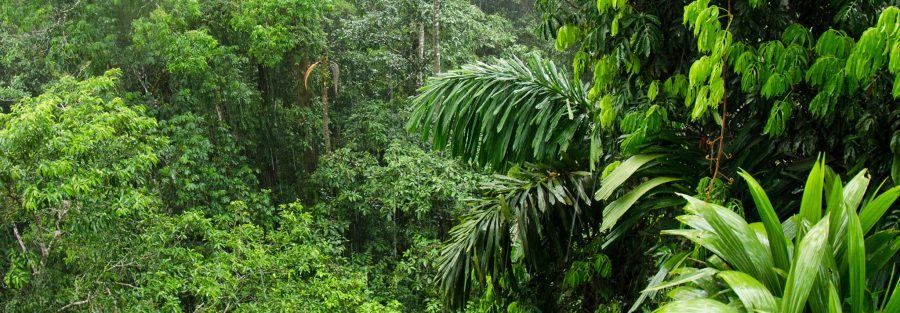The Amazon rainforest, often referred to as the Amazon Jungle or Amazonia, is a vast and biodiverse region that spans multiple countries in South America, primarily Brazil, but also extending into Peru, Colombia, Venezuela, Ecuador, Bolivia, Guyana, Suriname, and French Guiana. It is the largest tropical rainforest in the world and is often referred to as the “lungs of the Earth” due to its crucial role in producing oxygen and absorbing carbon dioxide.
Here are some key points about the Amazon rainforest:
Biodiversity: The Amazon rainforest is home to an extraordinary array of plant and animal species. It is estimated to contain around 400 billion individual trees and houses millions of species, including jaguars, sloths, macaws, anacondas, and countless insects and plant species. The region’s incredible biodiversity makes it a global hotspot for conservation.
Environmental Importance: The Amazon rainforest plays a vital role in stabilizing the Earth’s climate. Its dense vegetation absorbs carbon dioxide, helping to mitigate the effects of greenhouse gas emissions. It also generates a significant portion of the world’s oxygen supply and influences regional weather patterns.
Indigenous Communities: The Amazon rainforest is home to numerous indigenous communities, some of which have lived in harmony with the forest for thousands of years. These communities possess valuable knowledge about sustainable resource management and have a deep cultural connection to the land.
Deforestation: The Amazon rainforest faces significant threats from deforestation, primarily driven by human activities such as agriculture, logging, mining, and infrastructure development. Clearing land for cattle ranching and soybean cultivation are major contributors to deforestation in the region.
Environmental Impact: Deforestation in the Amazon has wide-ranging environmental impacts. It contributes to the release of carbon dioxide into the atmosphere, loss of biodiversity, soil erosion, disruption of water cycles, and exacerbation of climate change.
Conservation Efforts: Numerous organizations, governments, and indigenous groups are actively engaged in efforts to protect the Amazon rainforest. Conservation initiatives include the establishment of protected areas, sustainable land-use practices, and supporting local communities’ rights and sustainable livelihoods.
Challenges and Concerns: The Amazon rainforest continues to face ongoing challenges, including illegal logging, land encroachment, and fires. Additionally, policy decisions, economic pressures, and international demand for commodities like beef and soybeans influence deforestation rates.
Preserving the Amazon rainforest is of global importance, as its protection contributes to the well-being of local communities, the maintenance of biodiversity, and the fight against climate change. Efforts to address deforestation and promote sustainable land-use practices are crucial to ensure the long-term health and integrity of this unique ecosystem.

